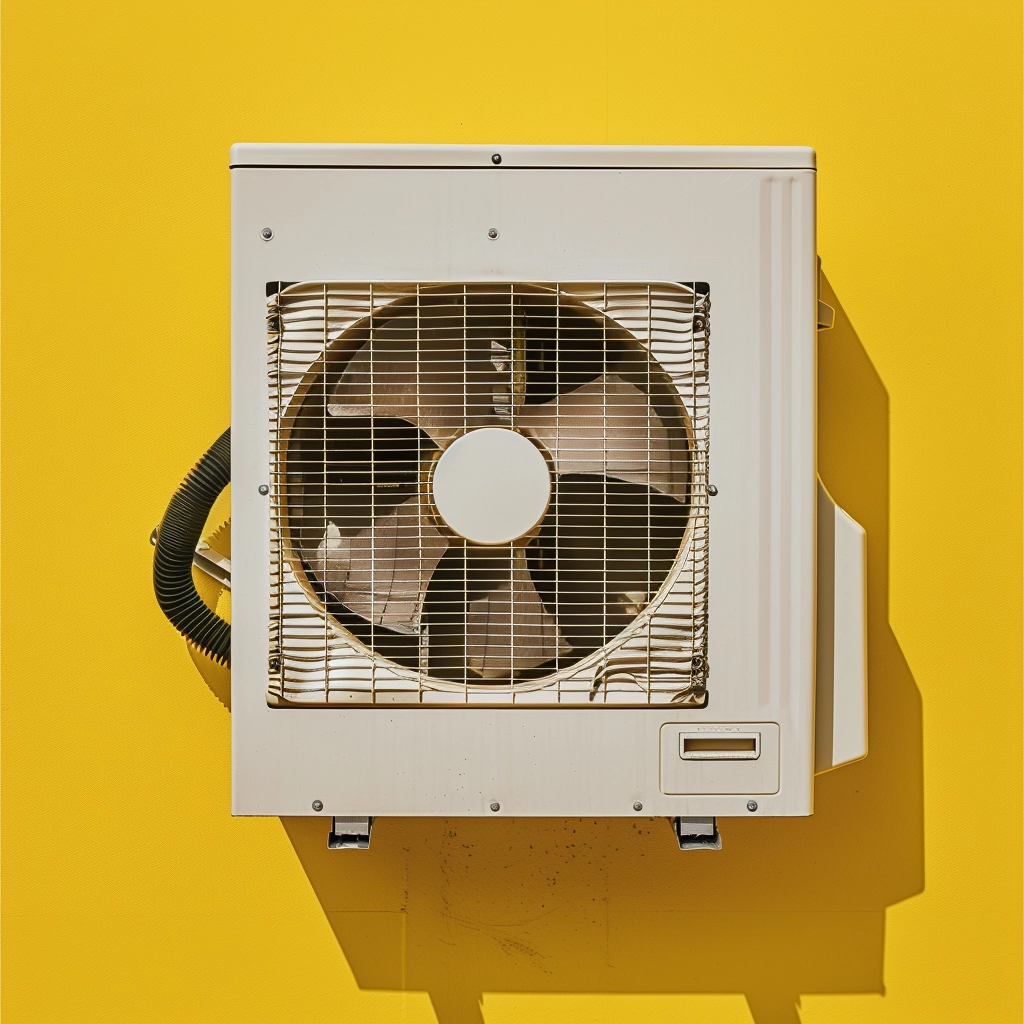
What you need to when it comes to Heat Pump Installation
How to Get it Done the Right Way
If you’re building a new home or looking to replace an old, worn-out heating system, you may be considering an air-source heat pump. Air-source heat pumps are a newer technology that makes it possible to heat your home or work place and reduce your Co2 emissions, as well as reduce your energy bill’s.
Heat pump installation is a good idea in most cases, but finding the right professional to do the job can be a challenge, or at least it used to be. The SeekaServ platform takes the guesswork out of hiring heating engineers you can trust.
Air-source heat pumps won’t work on every type of property. It may be necessary to upgrade your entire system before investing in a heat pump. However, for those who can use them, air-source heat pumps can provide crucial benefits. Before searching for “heat pump installers near me” take the time to understand the benefits of an air-source heat pump.
What is an Air-Source Heat Pump?
Any internet search for “heat pump near me” is sure to include information about how these systems work. A basic understanding of the technology is essential before deciding if this system is practical for our home.
Air-source heat pumps are an energy-efficient way to cool and heat your home. Heat pumps are two-in-one systems that use a compressor and circulation to transfer heat from one place to another. They extract heat from a free source such as the air and amplify it through a heating or cooling system.
Though it may seem complex, the method of converting air into heating or cooling is quite straightforward. Here’s a simplified breakdown of the process:
- Absorb heat from the outside.
- Compress the collected warm air to intensify its heat as it’s moved indoors.
- Discharge the heated vapours indoors, where they condense into a liquid.
- Chill the liquid, enabling it to absorb more heat.
- Repeat the process for consistent heating.
Grasping how the unit generates warm air is simple, yet comprehending its cooling process can be slightly more intricate. How can it warm air from the outside and make it cool? The air-source heat pump system basically works in reverse to cool a home.
Instead of recirculating warm air to cool it like a traditional air conditioner, an air-source heat pump takes the warm air from inside and transports it outdoors. The effect is similar to opening the windows on a breezy day.
Heat pump installation in the U.K. is good for the environment, can save money on heating and cooling bills, and keeps your home or commercial building consistently comfortable in all seasons.
Types of Heat Pumps
Getting the most from your heat pump installation starts with choosing the right type for your needs. Not every type of pump will work in every circumstance. Before deciding that you must have a specific style of pump system, it’s essential to understand what each type can and cannot do. Trained heat pump installers in London can advise you on which style of air-source heat pump will work best.
Advantages of Heat Pumps
Air-source heat pumps offer a number of advantages, but they may not be the best option for every home. Before deciding on a heat pump, London-area property owners should consult with a heat pump installer for more input.
Long Life Span
The average lifespan of an air-source heat pump is around 15 years. You may even get 20 years of efficient heating and cooling from your unit with regular maintenance.
Reduces Emissions
Heating your home with a gas boiler contributes to carbon emissions. Opting to install an air-source heat pump helps reduce carbon emissions, and they are energy efficient.
Lower Running Costs
While heat pump installation costs can be high, so is the return on your investment. The efficiency of heat pumps can save you up to £1,000 per year, depending on your usage and the type of heating system you are currently using.
Do I Need to Hire a Heat Pump Installation Near Me?
Heat pump installation is not a DIY job. For expert installation, you should have an engineer survey your home and ensure you’ve selected the right type of pump. A basic installation in a mid-sized house could require up to three engineers working four to five days. Ensuring all the components are connected correctly and running as necessary requires training and experience.
DIY installation could void any warranties. In addition, using a non-certified installer will disqualify you from taking advantage of the Boiler Upgrade Scheme. Boiler Upgrade Scheme grants could provide up to £7,500 to cover purchase and installation costs.
For the sake of your safety, optimal heating and cooling efficiency, and the chance to benefit from a substantial grant, it’s best not to attempt a DIY approach. Look for “professional heat pump installation near me” instead.
Find Heat a Local Heat Pump Installer Near Me
Finding the right engineers to install a heat pump in London can feel overwhelming. How do you know if they are qualified and will be reliable? Don’t let worries about finding a skilled professional derail your heating project. The simple-to-use process at SeekaServ is designed to connect clients with tradespeople who can meet their needs.
You can save time by doing a bit of research before searching for an installer. First, make sure an air-source heat pump is suitable for your property. If so, contact your local planning authority to learn if planning permissions are required. Confirm if you are eligible for a grant from the Boiler Upgrade Scheme.
Post Your job on SeekaServ
SeekaServ brings qualified installers to you. There’s no need to call a list of different tradespeople in your area and wait for them to reply. Simply create a post listing your job. Include as many details as possible, including photos of your current heating system.
The more information you can include, the more high-quality responses you will receive. When the job description is complete, post it, and air-source heating pump installers who can do it will contact you.
Receive Responses and Quotes
Heat pump installers will contact you with quotes based on your job description and photos. Select the top applicants and continue with the next step.
Check Qualifications
The main certification needed for heat pump installation in London is the Microgeneration Certification Scheme (MCS). An MCS installer should also be registered with either the Home Insulation & Energy Systems Quality Assured Contractors Scheme (HIES) or the Renewable Energy Consumer Code (RECC). A certified installer will have the technical knowledge and all the installation equipment needed to complete the job.
Feel free to ask applicants questions about the project or their experience. Some questions to consider include:
- Will I need to upgrade my electricity?
- How long will the project take?
- Are there other changes I can make to reduce my energy bills?
- Can you complete the entire installation, or do you use subcontractors?
- Can you self-certify?
- How often will my air-source heat pump need a service, and can you provide that maintenance?
Don’t forget to check your applicant’s customer reviews. Reviews are an excellent way to learn more about a tradesperson and their dedication to customer satisfaction.
Schedule Your installation
Once you have reviewed all the information, you can choose an installer and schedule a service appointment. You can tell your installer what to expect during the first visit. You may need to prepare to be without heat and water from day one.
Find a Heat Pump Installer Through SeekaServ
The SeekaServ platform allows clients to “post” for qualified tradespeople in the convenience of their own homes. There’s no more waiting all day for an installer to show up for a consultation or frantically searching the internet for “air-source heat pump London.” You steer the process by listing your job and engaging only with the applicants that pique your interest.
Tradespeople on SeekaServ are dedicated professionals actively looking for projects. You won’t encounter issues of them being overly occupied or not servicing your locality. If they reply to your job listing, they’re ready and keen to undertake the task. Register for an account on SeekaServ to get started.
FAQs
Installing a new system is a substantial investment, so having a few lingering questions about the process is normal. Here are answers to the most commonly asked questions.
How Much Does Heat Pump Installation Cost in the U.K.?
The cost of heat pump installation varies widely depending on your individual needs. A whole-house system will obviously cost more than a replacement unit. The price range for a complete air-source heat pump installation ranges from £7,000 to £16,000. Applying for the Boiler Upgrade Scheme grant could significantly decrease your costs.
How Long Does Heat Pump Installation Take?
The entire installation process can take two to five days. The job consists of three main steps. First, there is pre-installation, which includes assessing suitability and performing an on-site survey. Installation includes placing all indoor and outdoor components and connecting them. Post-installation refers to any fine-tuning that is needed and maintenance.
How Do I Apply for the Boiler Upgrade Scheme Grant?
When you search for “heat pump service near me,” your results will likely include information about the Boiler Upgrade Scheme. An MCS-certified installer must perform the work. If you are unsure if you qualify, the installer can determine whether your project is eligible for the grant and will apply on your behalf.
Where is the Best Place to Install an Air-Source Heat Pump?
One of the advantages of air-source heat pumps is that they are flexible and can be used under various conditions. However, to work most efficiently, heat pumps must have good airflow. Installing your outdoor unit in a garden or other open space is preferable to placement in an alleyway. A flat pad on the ground level is best, but installation on a flat roof is also possible.
Heat pumps must be placed at least one metre from the property line and one metre from the edge if placed on a roof.
If you have enjoyed reading this and would like to find out more about the 5 Alternative Heating Solutions for Your Home, please checkout our other blogs.




